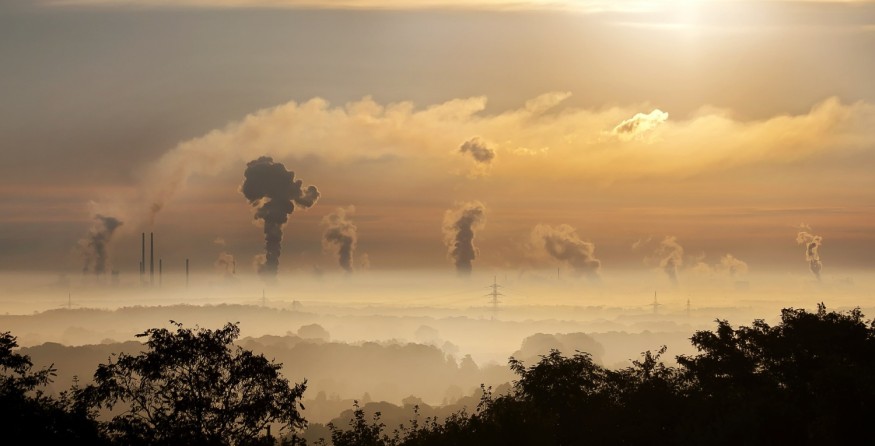A mysterious ODS (Ozone-Depleting Substance) is building up in the atmosphere, and it is gnawing on the ozone under our noses.

Martin Vollmer and his colleagues at the Swiss Federal Laboratories for Materials Science and Technology in Dübendorf analyzed air samples obtained worldwide through a network of sensors designed to detect patterns in ambient gases.
The team identified a hydrochlorofluorocarbon compound that had never been observed in the global atmosphere, named HCFC-132b.
The HCFC-132b first turned up about two decades ago, according to a review of archived samples. Since then, the compound quantities that tend to come from factories in East Asia have trended upwards.
The researchers have also identified two other chemicals, HCFC-133a, and HCFC-31, which have fluctuated more over time than HCFC-132b levels. None of the three compounds have some known commercial application, making their origins even more puzzling.
Ozone-Depleting Substances
ODS are chemical substances that destroy the Earth's ozone layer, effectively rotting its protective capabilities.
The Montreal Protocol, a pact made in 1987, restricts the production of pollutants that can damage the Earth's protective ozone layer. These pollutants include various hydrochlorofluorocarbons, compounds containing fluorine whose atmospheric quantities, due to the international treaty, have been largely declining.
The ODS are split into two groups under the Clean Air Act: Class I ODS like CFCs (chlorofluorocarbons) and Class II ODS like HCFCs (hydrochlorofluorocarbons).
Other ODS are:
- halon
- carbon tetrachloride (CCl4)
- methyl chloroform (CH3CCl3)
- hydro Bromo fluorocarbons (HBFCs)
- methyl bromide (CH3Br)
- bromochloromethane (CH2BrCl)
Under the Montreal Protocol, the production of most ozone depleting compounds has been phased out. The phase-out of the most potent chemicals occurred between 1991 and 1995 in Australia and other developing countries.
Australia's imports of HCFCs with a lower risk for ozone depletion plummeted from 250 ODPt (potential tonnes of ozone depletion) in 1996 to 2.5 ODP in 2016. That is only one of the many initiatives to lessen the emission of greenhouse gases.
Greenhouse Gases
The Global Warming Potential (GWP) reflects how much a given mass of a chemical is believed to lead to global warming over a given period of time.
"Greenhouse gases" are specific products of high GWPs.
Greenhouse Effect
A natural phenomenon that warms the surface of the Earth is called the greenhouse effect. When the Sun's energy reaches the Earth's atmosphere, some of it is reflected back to space, and the rest is absorbed and re-radiated by greenhouse gases.
The absorbed energy warms the atmosphere and the surface of the Earth. This process maintains the Earth's temperature at around 33 degrees Celsius warmer than it would otherwise be, allowing life on Earth to exist.
The problem now is that human activity - mainly burning fossil fuels (coal, oil, and natural gas), agriculture, and land clearing - are increasing the concentrations of greenhouse gases. This is the enhanced greenhouse effect, which is contributing to the warming of the Earth.
Some ozone-depleting compounds with high ozone-depleting capacity are still used in quarantine and protection applications as there is no proper substitute.
As a quarantine fumigant, methyl bromide is incredibly efficient. In enclosed spaces such as airplanes and submarines, the immediate fire prevention features of halons are needed. Studies proceed to find acceptable substitutes.
For more environmental news, don't forget to follow Nature World News!
© 2025 NatureWorldNews.com All rights reserved. Do not reproduce without permission.





